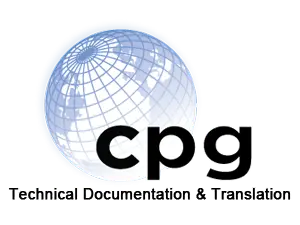
Table of Contents
What Is Terminology Localization?
Let’s keep it simple.
Terminology localization is when you take industry-specific terms and adapt them for another language and culture.
It’s not just translation. It’s making sure your terms make sense to your audience—wherever they live.
For example:
The word “pants” means trousers in the U.S.
In the UK? It means underwear. (Awkward.)
That’s why localization matters. It prevents mix-ups, embarrassment, and confusion.
Why It Matters More Than You Think
Bad terminology can ruin a product launch.
It can confuse users. Or make your business look careless.
If you’re selling software, medical devices, or tech gear across borders—you need clean, localized terms.
It’s about trust. Accuracy. Professionalism.
And yeah, it’s a big deal for SEO too. People search in their language. Not yours.
Terminology vs Translation: Big Difference
Translation changes words.
Localization changes meaning to match the culture.
Here’s the breakdown:
Translation Example
“File” in English = “Fichier” in French. Easy.
Localization Example
“Customer onboarding” = might not exist as a concept in some cultures.
You need to explain the idea in their own terms.
That’s where a language translation pro who understands localization comes in clutch.
Best Practices for Terminology Localization
Wanna do it right? Follow these tips:
Start With a Glossary
Write out all the terms your brand uses.
This is your master list. Every translator should stick to it.
Define Every Term Clearly
Don’t assume people “just get it.”
Explain each term, even if it feels basic.
Localize for the Reader
Always ask:
“Would someone here actually say this?”
If not, rework it.
How to Keep Terms Consistent
Inconsistent terms = confusion and bad UX.
Here’s how to avoid that:
Create Term Lists by Language
Have a term bank for each language. Update it as you go.
Use a Style Guide
Set rules for tone, grammar, and word choice.
Share it with every translator or content writer you work with.
Review Regularly
Languages evolve. Update your terminology to keep up.
Don’t set it and forget it.
Localization Tools That Help
Manual is fine. But tools can help too.
Here are a few options:
- SDL Trados
- Memsource
- Smartling
- MemoQ
They can store your glossaries, suggest translations, and even track consistency.
But heads up: tools ≠ human judgment. You still need people in the loop.
Get Help From Real Humans
Want your localized content to actually sound human?
Don’t rely on just machines. Use professionals who know the language and the local culture.
That’s where we come in. Our language translation services go beyond word swaps—we localize your entire message.
Whether it’s for websites, user manuals, or marketing campaigns, we make sure it hits right in every market.
Final Thoughts
Terminology localization isn’t optional. It’s essential.
If you want your global content to feel local—and still sound like you—get it right from the start.
Start with a glossary. Use tools wisely. And when in doubt, hire someone who gets it.
We’d love to help with that.
Back To News
 800-541-8270
800-541-8270